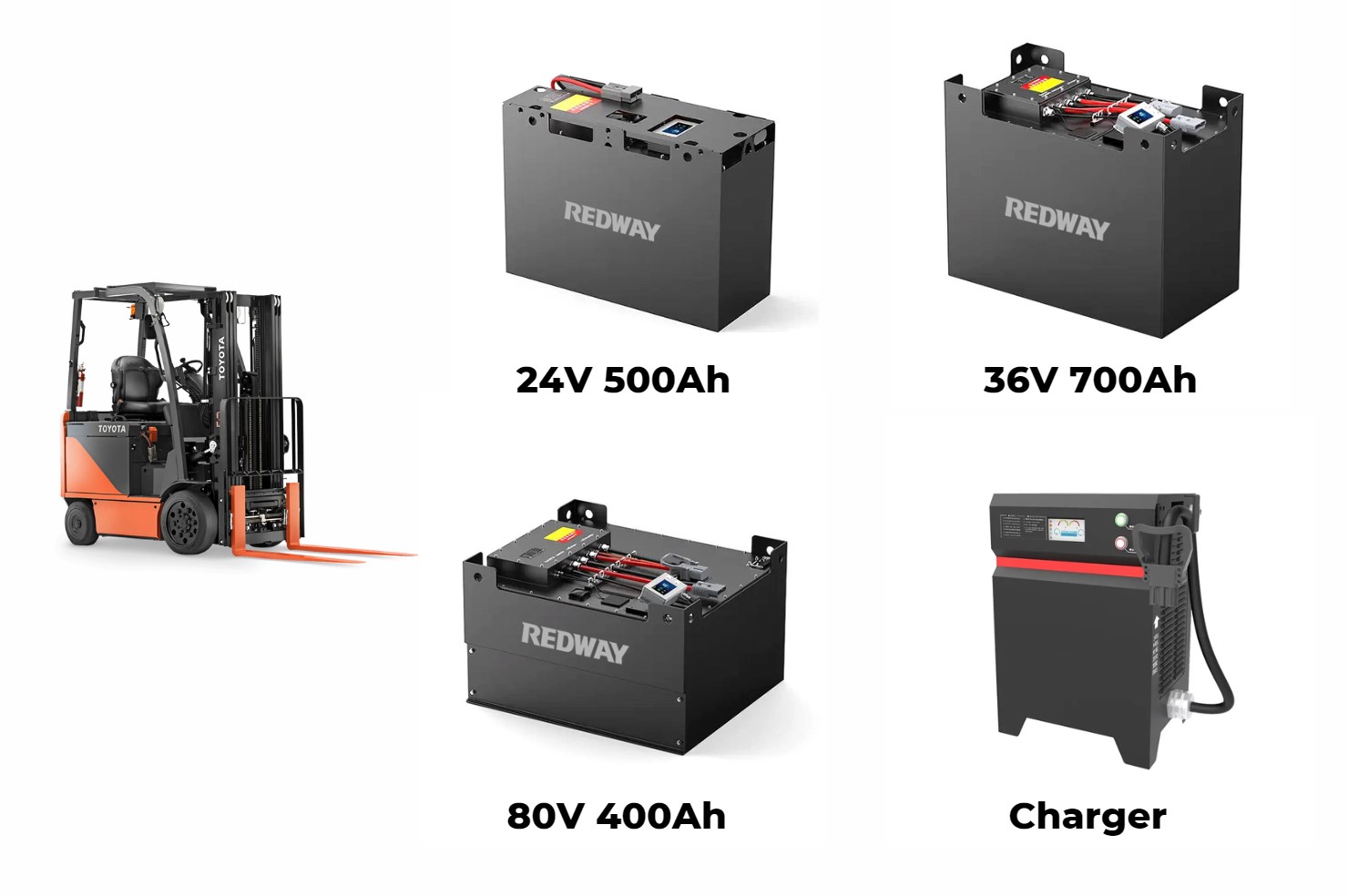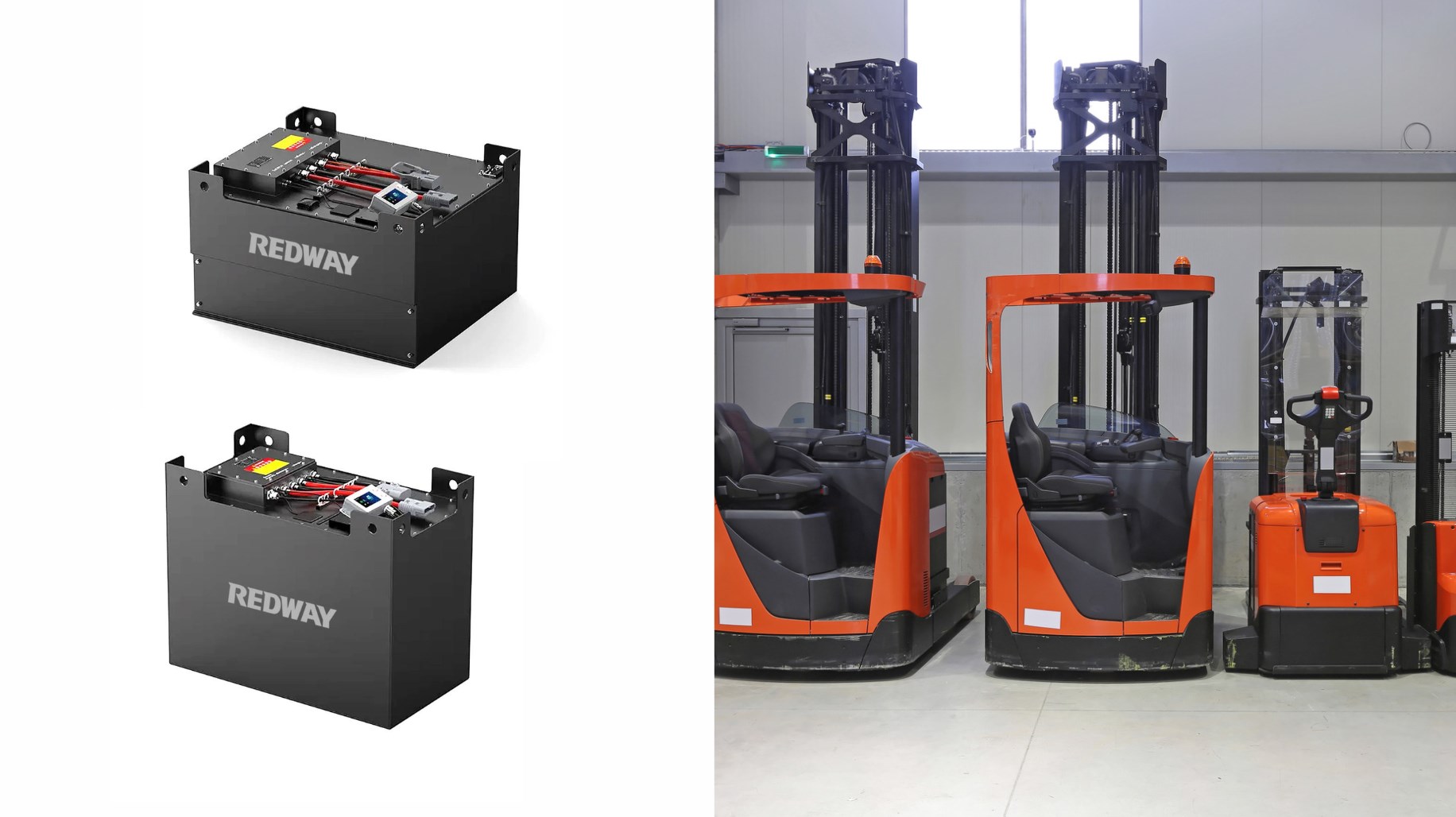Yes, LiFePO4 forklift batteries can be recycled. Many components are recoverable through specialized recycling processes that minimize environmental impact. It’s essential to follow local regulations regarding disposal and recycling to ensure safe handling of used batteries.
In today’s rapidly advancing technological landscape, the sustainability of industrial equipment has become a paramount concern. Among these advancements, LiFePO4 forklift batteries have emerged as a preferred choice due to their superior performance and safety features. However, with their increased use, the question of recycling these batteries has become increasingly relevant. This article delves into the intricacies of recycling LiFePO4 forklift batteries, exploring the processes involved, the benefits to environmental sustainability, and the role of manufacturers in promoting responsible recycling practices.
Understanding LiFePO4 Forklift Batteries
LiFePO4 batteries, or Lithium Iron Phosphate batteries, are renowned for their long lifespan, thermal stability, and high energy density. These attributes make them an ideal choice for forklift applications, where reliability and efficiency are crucial. LiFePO4 batteries utilize iron phosphate as the cathode material, which not only enhances their safety but also contributes to their recyclability compared to other types of lithium batteries.
The Recycling Process of LiFePO4 Batteries
Recycling LiFePO4 batteries involves several meticulous steps designed to recover valuable materials while minimizing environmental impact. The recycling process can be broken down into the following stages:
- Collection and Transportation: The first step involves the collection of used LiFePO4 batteries from various sources, including warehouses, industrial sites, and disposal centers. The batteries are then transported to specialized recycling facilities equipped to handle their unique properties.
- Disassembly and Sorting: Upon arrival at the recycling facility, the batteries undergo disassembly. This process involves separating the battery components, such as the electrolyte, anode, cathode, and current collectors. The sorting phase ensures that each component is processed appropriately based on its material composition.
- Material Recovery: After disassembly, the valuable materials contained in LiFePO4 batteries, including lithium, iron, and phosphate, are extracted. The recovery of these materials is achieved through chemical processes and physical methods. For instance, lithium is typically recovered using acid leaching techniques, while iron and phosphate are separated through hydrometallurgical processes.
- Processing and Purification: The recovered materials are then subjected to further processing and purification to ensure they meet the necessary quality standards for reuse. This stage is critical for ensuring that the materials can be reintroduced into the supply chain effectively.
- Reintegration into Manufacturing: Finally, the purified materials are reintegrated into the manufacturing of new batteries or other products. This step not only conserves natural resources but also reduces the energy consumption associated with the production of raw materials.
Environmental Benefits of Recycling LiFePO4 Batteries
Recycling LiFePO4 forklift batteries offers numerous environmental benefits that contribute to overall sustainability. These benefits include:
- Conservation of Natural Resources: By recovering valuable materials such as lithium, iron, and phosphate, recycling helps reduce the need for new raw materials. This conservation effort helps to protect natural habitats and reduce mining activities, which can have detrimental environmental effects.
- Reduction of Landfill Waste: Proper recycling practices prevent LiFePO4 batteries from ending up in landfills, where they can potentially leach harmful substances into the soil and water. Instead, the materials are repurposed, thereby reducing landfill waste and minimizing environmental contamination.
- Energy Efficiency: The recycling process is generally more energy-efficient compared to the extraction and processing of raw materials. By recycling LiFePO4 batteries, we reduce the energy consumption associated with battery production, which in turn lowers greenhouse gas emissions.
- Mitigation of Greenhouse Gas Emissions: The overall reduction in energy consumption and the minimization of landfill waste contribute to the reduction of greenhouse gas emissions. This helps in the fight against climate change and promotes a healthier planet.
- Economic Opportunities: The recycling industry creates economic opportunities by generating jobs in the collection, sorting, and processing sectors. It also contributes to the development of sustainable technologies and the creation of a circular economy.
The Role of OEM Manufacturers in Promoting Recycling

Original Equipment Manufacturers (OEMs) play a crucial role in the recycling of LiFePO4 batteries. Their responsibilities include:
- Design for Recyclability: OEMs can enhance the recyclability of batteries by designing them with easily separable components and using materials that are more straightforward to recover. This design approach simplifies the recycling process and improves the efficiency of material recovery.
- Implementing Take-Back Programs: Manufacturers can establish take-back programs to facilitate the collection and recycling of used batteries. These programs encourage users to return their spent batteries to authorized recycling centers, ensuring that they are processed responsibly.
- Collaboration with Recycling Facilities: OEMs should collaborate with recycling facilities to ensure that the recycling processes are effective and environmentally friendly. This partnership helps in maintaining high standards in the recovery of valuable materials and the reduction of environmental impact.
- Educating Consumers: OEMs have a role in educating consumers about the importance of battery recycling and the proper disposal methods. Awareness campaigns and informative resources can encourage users to participate in recycling programs and make informed choices.
Conclusion
Recycling LiFePO4 forklift batteries is a vital component of our commitment to environmental sustainability. Through a meticulous recycling process, we can recover valuable materials, conserve natural resources, and reduce environmental impact. The collaboration between OEM manufacturers, recycling facilities, and consumers is essential in promoting responsible recycling practices. As we advance towards a greener future, the recycling of LiFePO4 batteries stands as a testament to our collective effort to protect the planet and foster sustainable development.




